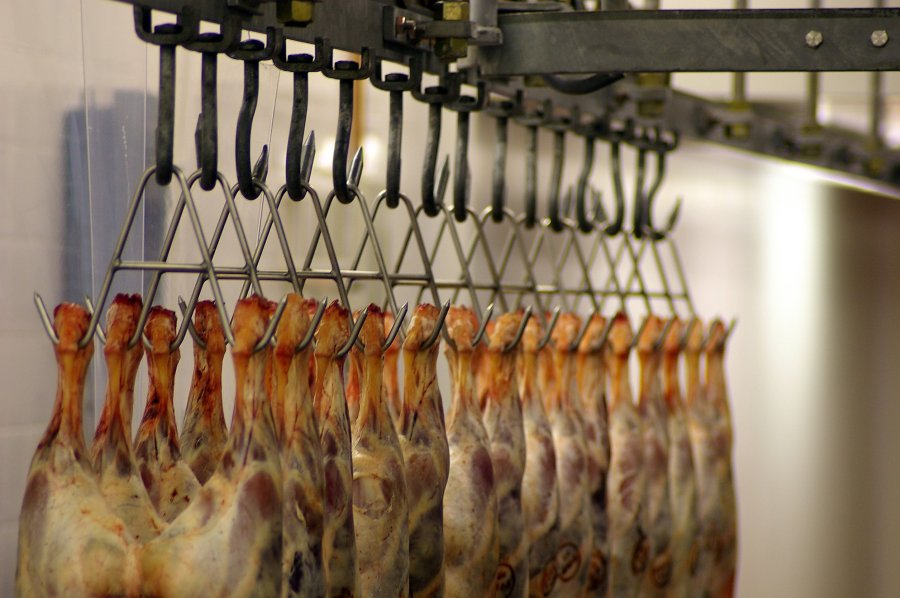
A surge in southern hemisphere lamb imports has triggered alarm at the National Sheep Association, which fears British farmers are being undercut.
The NSA says shoppers will notice the shift most clearly in supermarkets, where country of origin must be stated on packaging, while provenance is far less obvious in foodservice.
Citing official import data and AHDB analysis, NSA policy manager Michael Priestley highlighted Australia’s rapid growth since the removal of a 12% tariff: imports rose 37% last year to 76,500 tonnes, equivalent to 28.7% of the UK’s total sheepmeat output (266,500 tonnes).
At the same time, he noted that the UK is both an importer and exporter of lamb. In 2024, the UK exported 32% of its production and imported 28.7%, with access to EU markets dependent on maintaining aligned standards.
Mr Priestley said NSA members are particularly worried about a growing gap in standards, arguing that lamb from New Zealand and Australia does not always match the animal welfare and environmental rules applied to UK farms.
He stressed that British producers already operate under some of the strictest regulations in the world, which adds to their costs and time pressures.
“UK farmers strive to produce to the highest standards in the world, which costs farmers time and money,” he said.
For that reason, the NSA is urging supermarkets to think carefully about sourcing decisions “especially at a time when government support is so uncertain and the old Basic Payment Scheme (BPS) subsidy for UK farms is dwindling away.”
He also warned that the apparent price advantage of imports may not tell the full story, saying: “Importing lamb from New Zealand and Australia may be short-changing the UK consumer, even though it is cheaper to buy.”
The NSA also warns of knock-on effects from global trade shifts. The EU–New Zealand free trade agreement will loosen limits on New Zealand product entering the bloc — the UK’s biggest customer — although early expectations are that high-value cuts such as legs are unlikely to displace UK shipments of whole carcases.
Beyond Europe, Mr Priestley highlighted volatile demand and supply drivers: “Trump’s tariffs mean the US is buying less New Zealand and Australia lamb,” while “China is trying to produce more lamb of its own, and if anything happens to China’s buying behaviour, there is a risk of more southern hemisphere lamb being diverted to the UK.”
On the supply side, he warned: “There are factors that could limit lamb being produced in New Zealand and Australia, such as climate change leading to wildfires and drought and government policies reducing grazing area through afforestation.
"These external factors will have a growing impact as tariff free quota amounts become liberalised over the remainder of the 15-year liberalisation period.”
